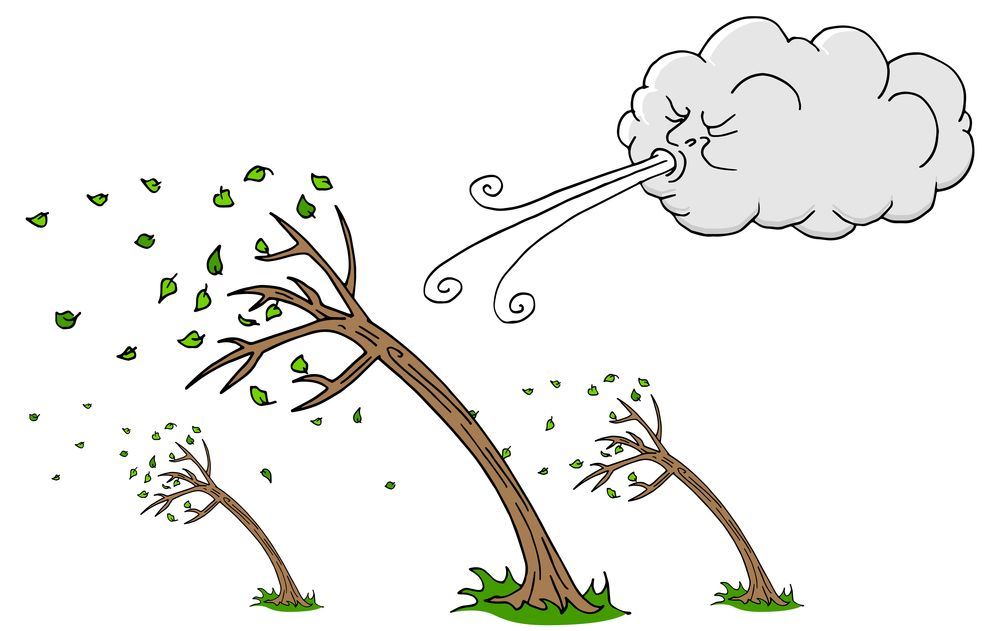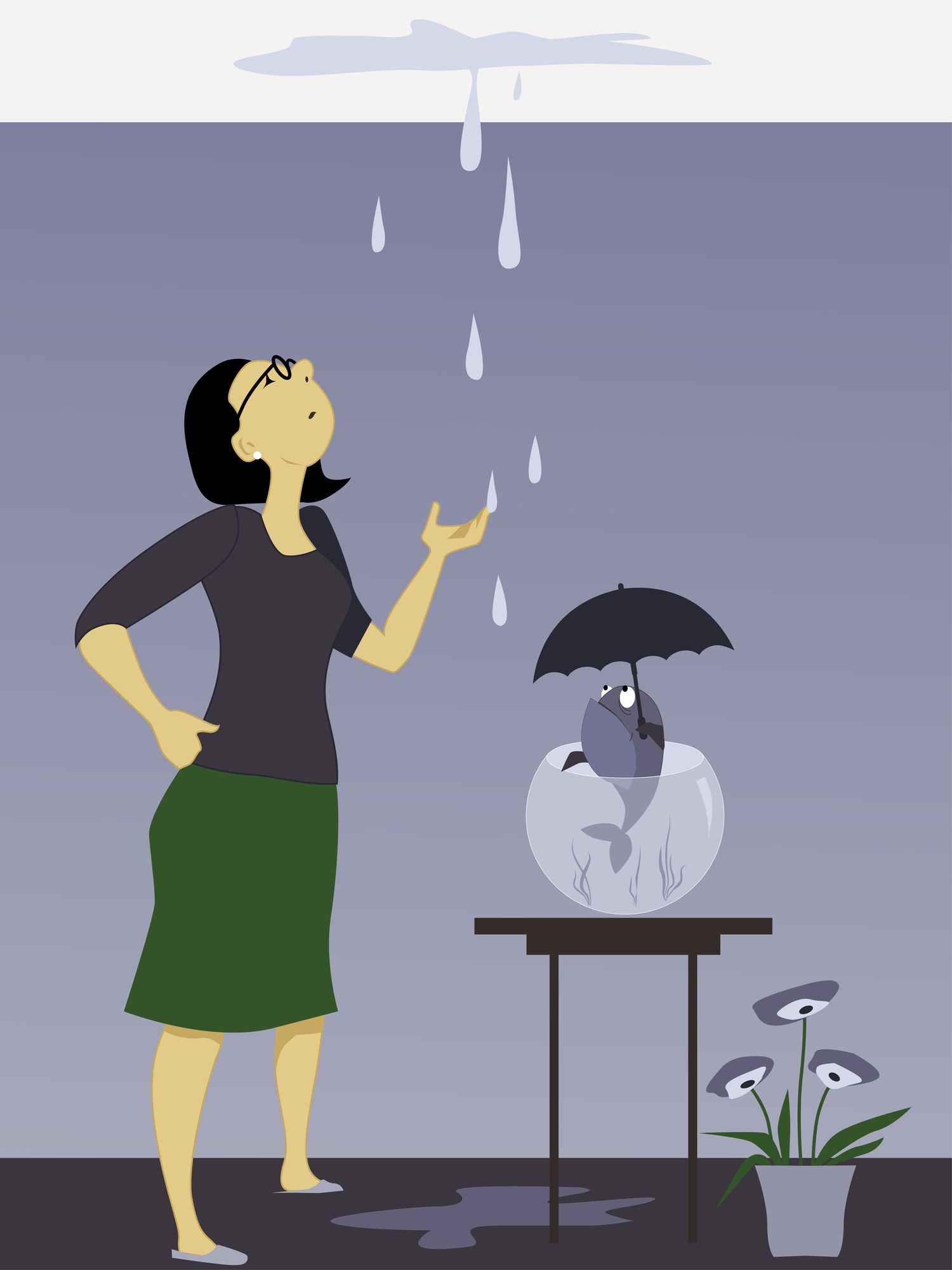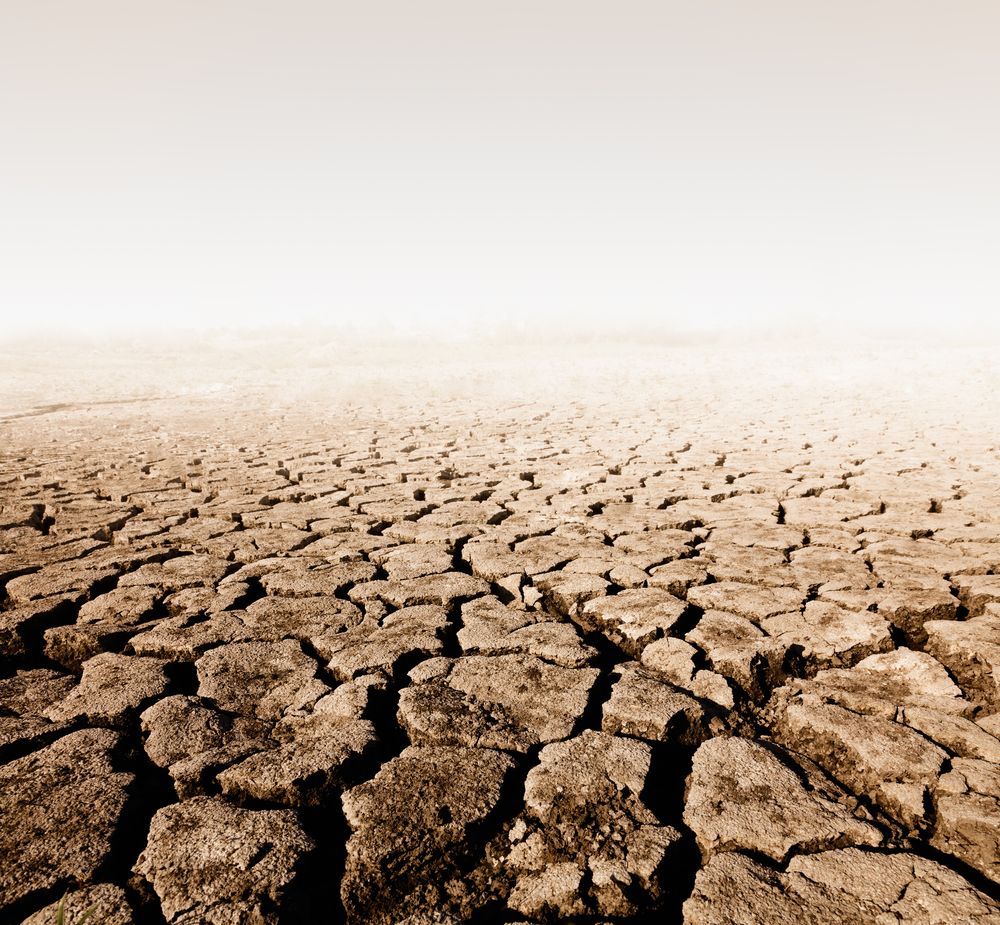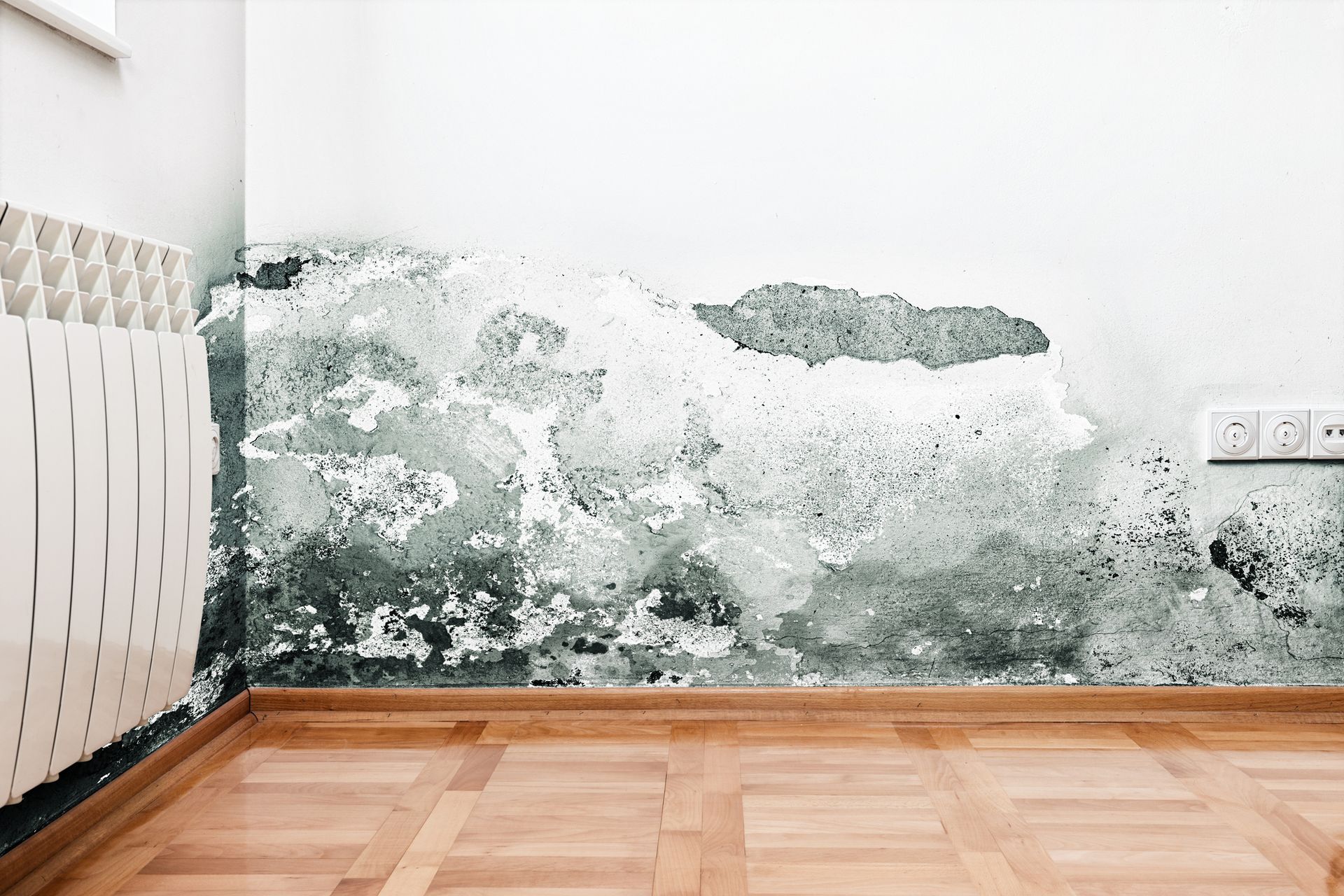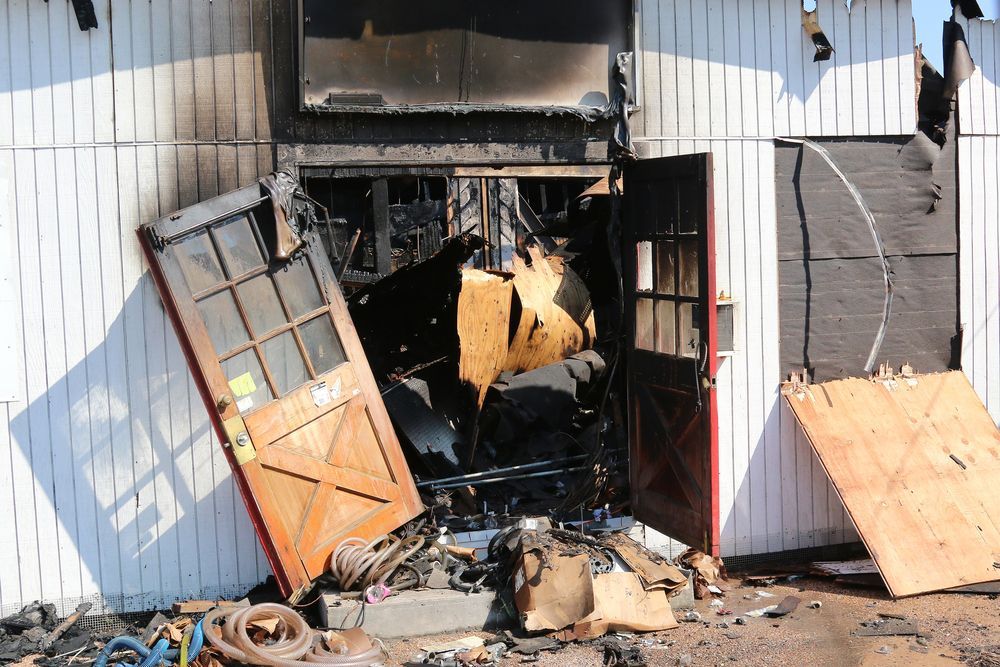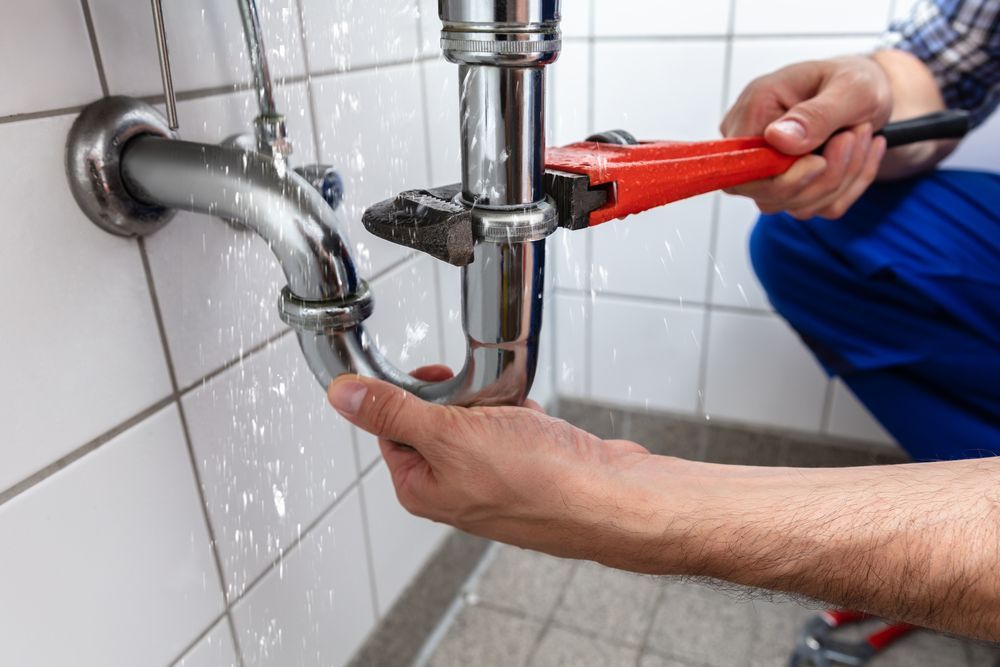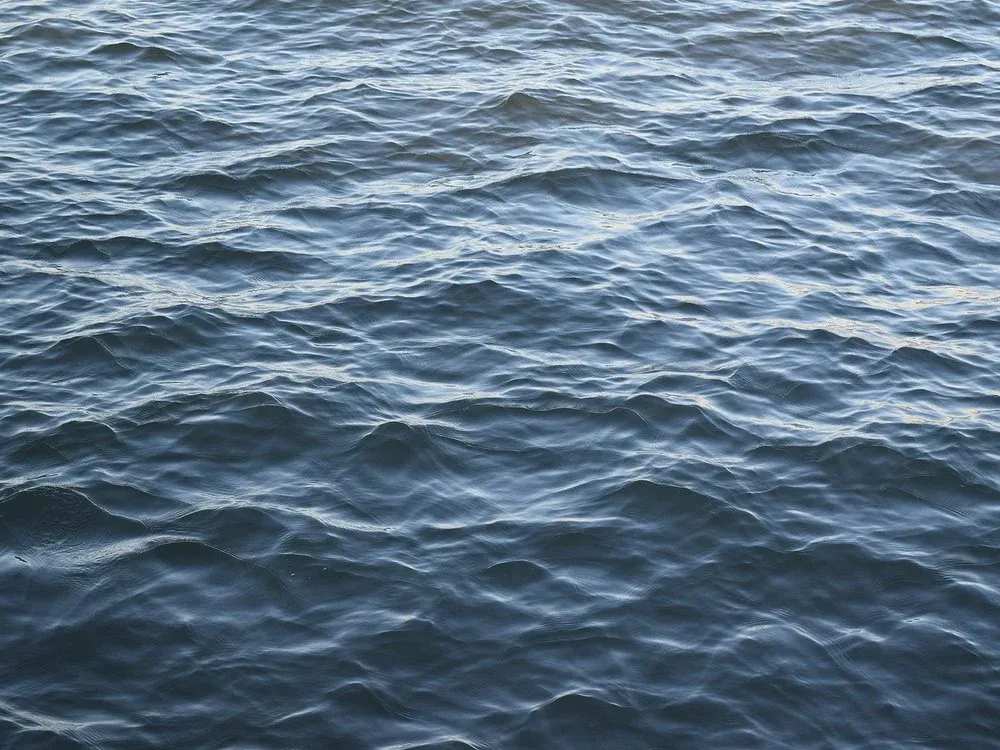What Damage Do Ice Dams Cause?
What Damage Do Ice Dams Cause?
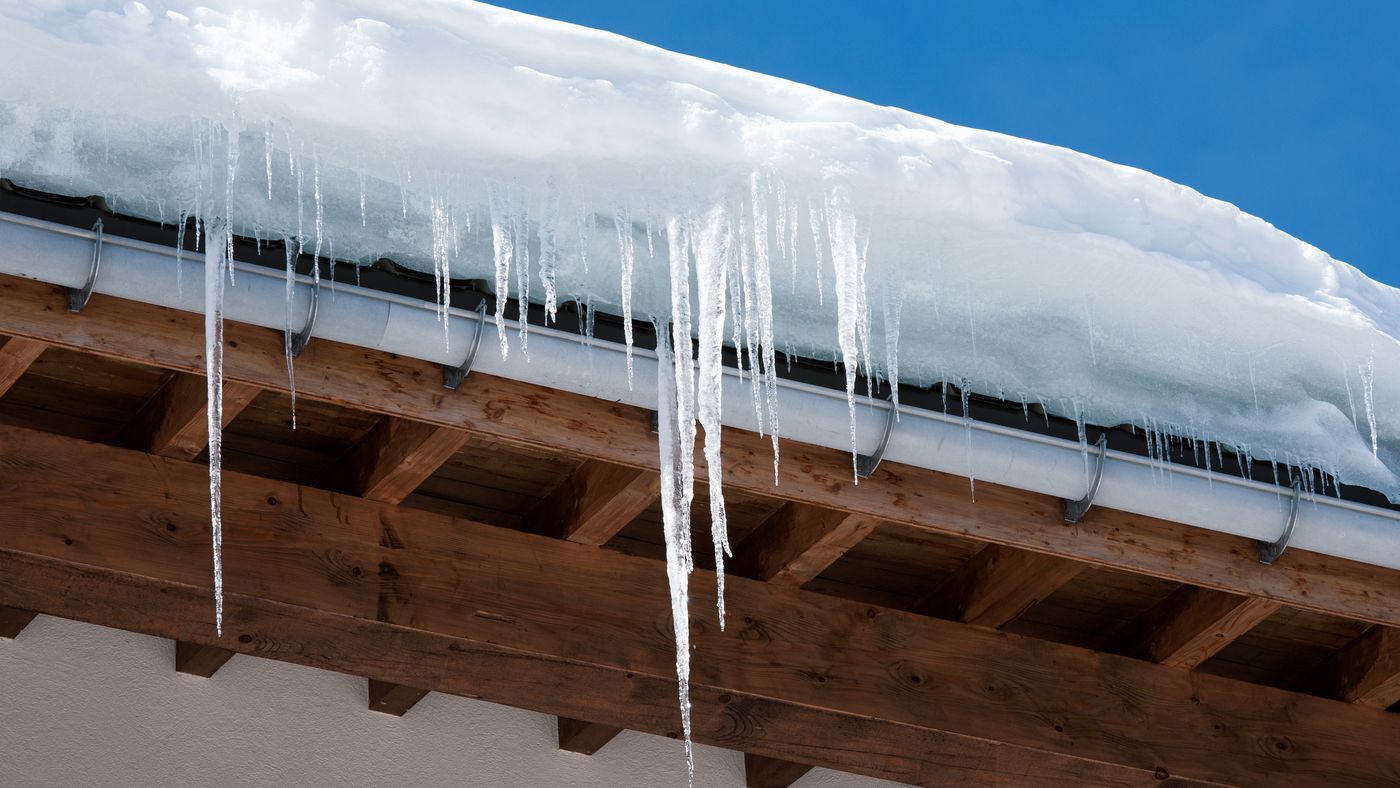
Winter, although being a harsh and snowy season, can be a magnificent sight. During the day, blankets of white snow glitter, and icicles dangling from roofs give a wonderful contrast to the softer-looking snow on the ground. It's crucial to remember, though, that the views that winter has to offer can also be dangerous.
Driving in the snow and on black ice may be difficult and dangerous. When people go outdoors and the pathways have not been salted and prepared for winter weather, the ice that forms can easily lead them to slip, fall, and harm themselves.
When it comes to homes, too much snow can build up on roofs to the point where they cave in, causing structural damage and water damage. In the winter, icicles are frequently a part of an ice dam, which can cause damage to your property.
How Do Ice Dams Form?
When internal heating warms the roof, the snow and ice on it melt, forming ice dams. This melting snow and ice streams down the roof, but when it reaches the roof's overhang, it is re-frozen by the outside temperatures. A dam is formed when melting snow solidifies into a solid mass. Any melted water is then trapped behind the dam, preventing it from draining down the roof and away from the structure.
How Do Ice Dams Cause Damage?
Melted water has nowhere to go when an ice dam forms on your roof. Rather, it remains on the roof. The dam can cause shingles to loosen, enabling water to flow beneath them and into the house. The water can then damage ceilings, walls, and insulation. This not only causes water damage but also encourages the growth of mold.
Because mold requires two things to create colonies: moisture and food, ice dams can lead to mold development. Mold spores frequently employ cellulose-rich construction materials like wood and drywall as a food supply, making water-damaged building materials an excellent setting for mold development.
When ice dams cause water damage to ceilings and walls, the moisture degrades the materials' structure. As a result, the damaged materials absorb more moisture, they become less structurally sound.
How Can Ice Dams Be Prevented?
- Clear the Roof- To clean snow from your roof, invest in a roof rake. This will not only assist avoid ice dams, but it will also save your roof from collapsing under the weight of the snow. It's also a safer way to clean your roof because you won't have to climb up on a ladder, which may be risky in the winter. The roof rake, on the other hand, is long enough to reach the top of the structure while still on the ground.
- Appropriately Insulate Your Attic- You can prevent heat from leaking through your roof and contributing to the creation of ice dams by properly insulating your home. If your home isn't well-insulated, the heat required to keep it warm might escape via the roof. With sufficient insulation, the heat will stay in the building as it should, allowing for efficient heating. Furthermore, adequate insulation might help you save money on your energy bills.
If you discover that ice dams have caused water damage to your home or business, you must act quickly to remedy the situation. Waiting to address the water damage will simply cause the water to spread further and worsen the damage. Mold development is also more likely as a result of this. Do not hesitate to contact Restoration 1 of Peyton if you want assistance!

